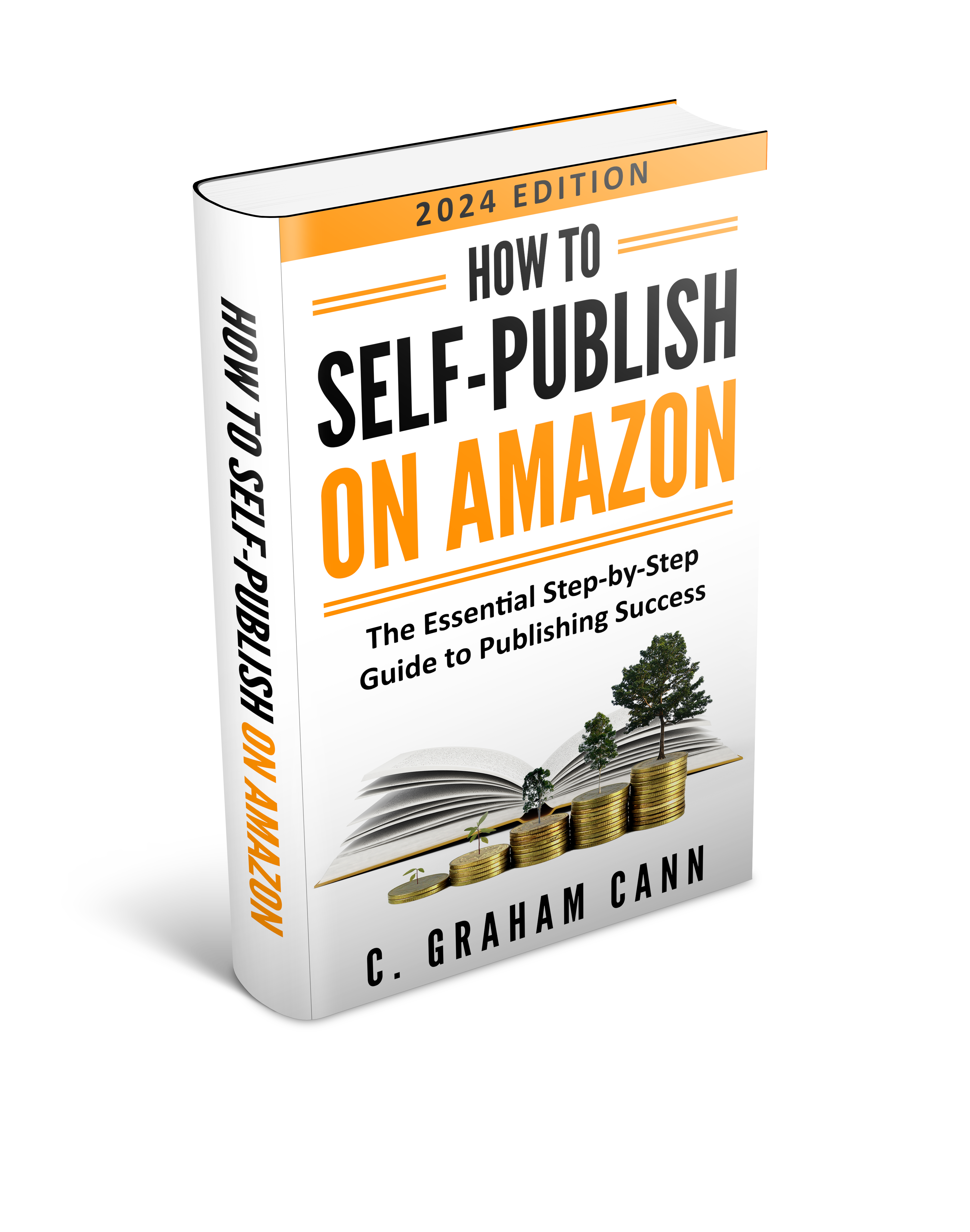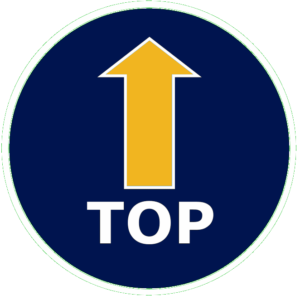HOW TO SELF-PUBLISH A BOOK IN 2024: 9 STEPS TO SUCCESS

The start of a new year is always a good time to collect one’s thoughts and plan ahead. In today’s blog, we’re going to be concentrating on 9 steps to ensure your writing career is more profitable and successful in 2024.
1. Edit Your Manuscript
You’ve completed writing your new novel or non-fiction work and the manuscript is sitting on your laptop. This is where you start to self-publish your book. Presenting a high quality book for your readers without plot holes, factual mistakes, grammar and punctuation errors is critical.
The first thing to do is self-edit your manuscript. Read through it numerous times, smoothing any rough edges, amending typos and ensuring the narrative flows with ease.
If you can, find a group of beta readers. These are trusted allies who will critique your manuscript, suggest alterations and find other errors before your book is unleashed on the general public. Then, you’re ready to hand over your work to a professional editor. Ensure you find one who is knowledgeable and experienced in the genre in which you’re writing.
2. Adding a Title
I guess by name, you’d have the title of your book well and truly nailed, but if you are still a little unsure, now is the time to settle on it. If you’re finding this challenging, consider using Reedsy’s book title generator for thousands of possibilities or explore ChatGPT 3.5, the free AI software.
In general, fiction titles normally have one or two word titles that sound intriguing. For non-fiction, you would usually have a title and subtitle, which you would litter with keywords.
3. Formatting
To enhance your readers’ experience, a well formatted book is essential. Many books are uploaded to Amazon and other platforms with no thought about how the inside looks. Poorly laid out book interiors are a stark reminder that unformatted books risk poor reviews and, quite honestly, when a potential reader views a sample of text that has not gone through the formatting process, they’ll look to buy elsewhere.
When I first started self-publishing, I formatted my books using Word. It’s a steep learning curve and I found it frustrating and enormously time consuming. But it’s possible, if you are able to devote the time to it.
I now use formatting software called Atticus, which greatly simplifies the whole process and you can acquire it for a one-off purchase of $147 + taxes.
One of the reasons I set up Chas Cann Publishers is to provide author services at very reasonable prices (from around $59) to help new and established writers, who don’t have the time, big budget or inclination to spend hours and hours on this (and other) aspects of self-publishing.
4. Keywords and Categories
Ensure that these two beauties are optimised.
Keywords: These are the words/phrases that people use when they search for books like yours. For example, a keto diet cookbook may have these keywords – “weight loss plan” and “how to eat healthily”. Learn more about keywords HERE.
Categories: They are the genres and subgenres to which your book belongs and will include a string like this: Nonfiction > Biography and Autobiography > Personal Memoirs. Check out my blog HERE.

How to Self-Publish on Amazon: The Essential Step-by-Step Guide to Publishing Success
Tips and secrets on how to plan for success in your author business. Updated and revised 2nd edition (2024)
5. Stunning Book Cover Design
You’ve heard the phrase ‘Don’t judge a book by its cover’. That doesn’t apply to book publishing! Your book cover gives your potential reader their first impression of your work, so it must attract them, giving your audience a sneek preview of the adventure awaiting them.
Each genre has its own specific cover design. For example, thrillers often use dark colours and unsettling photos, while romance novels generally use illustrated covers with shades of red, pink, and purple.
My advice is to steer clear of do-it-yourself covers unless you have graphic design experience and know what readers of your genre expect from a cover. At the lower end of the spectrum is Fiverr.com, where you can pick up an e-book and print cover for less than $50. Always choose a Top Rated Seller with over 500 five star ratings to ensure you’re getting a quality professional. Getcovers.com are also a great company to deal with and sensibly priced. At the higher end of the price range, you have designers who know all about light, balance, shadow, typography, perspective and blending. They will design your book from scratch and will know what works and what doesn’t.
6. Effective Book Description
This is what you find next to your book on online platforms like Amazon and Kobo. It’s what your book is about. It’s not a summary of the contents. It’s ad copy designed to whet the readers’ appetites and get them to buy. Another talent in the indie author’s skill set is to write ad copy.
A lot of authors disregard this but it is the second most important part of the selling process after the cover. If they love your cover (and they will!), the description will need to persuade them that they have to buy your book.
The basics for writing a great book description are:
Hook readers with a headline. This has to pique their interest and make them read on.
Introduce the main idea but don’t summarise. Give a brief description of the central conflicts (fiction) or the problem for the reader and how you can solve it (non-fiction)
Leave them wanting more. End on a question, a hint at a twist or even an outright cliffhanger.
Add a Call to Action (CTA). Prompt the reader to Buy Now!
7. Different Formats
There is enormous scope to earn an extra income apart from e-books and paperbacks by branching out into new formats like hard covers, large print and audiobooks. Hard covers and large print require new ISBNs and covers, so there is some extra expense involved, but not too daunting.
Audiobooks, on the other hand, can be a more expensive avenue to go down, but do some research and see if this fits with your goals and ambitions.
8. Using Different Platforms
Whilst Amazon is the largest book retailer in the world (so who wouldn’t want their books shown here?), you might like to consider other outlets such as Apple Books, Barnes & Noble and Kobo. The Amazon platform doesn’t reach everybody in the world, which means that other online self-publishing platforms do! Consider the time it will take to learn about these new platforms and whether that is a good use of your time when you first start out in self-publishing.
For those new to self-publishing, Amazon is the best place to start. If you sign up to KDP Select, you can run price promotions and add your book to Kindle Unlimited, where more readers can find it plus you get paid via read-through.
9. Marketing
Sadly, your book will not sell by itself. It will need a push! It’s always wise to:
Build a team of ARC readers. This stands for Advance Reader Copies or Advance Review Copies. In my case, it’s an Advance Readers Club. These are folks you ask to become reviewers for your books. You send them a free copy of your e-book and ask them to read it and then leave an honest review. Always have a section in your back matter asking for people to join your team.
Build a website and email list. An author website is a great advantage and you can incorporate your email sign-up landing page on the site. You can also offer reader magnets (free items in exchange for an email address) in your front/back matter to start building your email list, which needs to be a priority on your To Do list.
Consider paid advertising. There are many ways to advertise for free but Amazon Ads can be super effective at getting your books into the hands of readers and increasing your sales. For your ads to perform effectively, it needs time to learn how to do this and to manage them.
If you’d like to find out more about marketing, we can arrange a free 20-minute Zoom consultation with our Amazon Ads expert, Jules. No obligation. She catapaulted our book business from £40 per month to £2500 per month in just over 120 days. Please click HERE for more details.
Facebook
Twitter
LinkedIn
Graham Cann is a #1 international best-selling author and CEO of Chas Cann Publishers
Affiliate Disclosure
I earn a small commission on some product links on my blog pages at no extra cost to you. I only recommend products I use now, have used in the past or would use if there was a personal need. The extra pennies help with the coffee fund.



